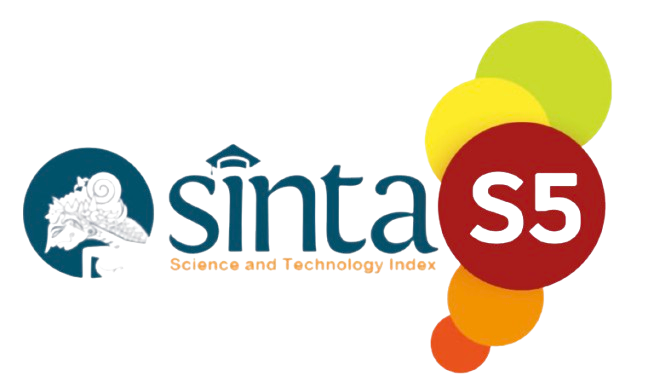The Influence of Think, Predict, Read, and Connect Strategy Towards Students’ Reading Comprehension
DOI:
https://doi.org/10.52217/ijlhe.v6i1.1200Keywords:
Experimental Research, Reading Comprehension, TPRC StrategyAbstract
The research aimed to know the influence of Think, Predict, Read, and Connect strategy on students’ reading comprehension. This strategy helped the students comprehend main idea, supporting idea, inference, reference and vocabularies of the text. In this research the writer used quantitative method and categorized the research as quasi experimental method. The sample was taken by using Cluster Random Sampling technique. There were two classes for the sample. X PM 1 was an experimental class consisted of 35 students and X PM 2 was a control class consisted of 34 students. Based on the data analysis and testing of hypotheses, it showed that the average score of students who were taught through Think, Predict, Read, and Connect (TPRC) strategy was higher than which was taught through direct instruction. It was got 75.24 > 63.97 and in the end of result, it showed that was higher than . In the calculation of two averages score, it was obtained 3.99 > 2.00 < 2.66 and in the calculation of the difference of two averages score, it was obtained 3.99 > 1.67 < 2.39. Therefore, it can be concluded that there was a significance influence of using Think, Predict, Read, and Connect strategy towards students’ reading comprehension at the tenth grade of SMK Negeri 4 Bandar Lampung in 2022/2023.
References
Andeska, L., Sutiyono, A., Hastomo, T., & Angraini, N. (2021). The correlation of vocabulary mastery and reading interest with quick reading ability. IJLHE: International Journal of Language, Humanities, and Education, 4(1), 50–58.
Andewi, W., & Hastomo, T. (2022). Effect of using flipped classroom for teaching writing based on students' motivation: A quasi-experimental research. Premise: Journal of English Education and Applied Linguistics, 11(3).
Brown, Douglas H. (2000). Teaching by Principles: An Interactive Approach to Language Pedagogy. Second Edition. New York: Prentice Hall.
Brunner, J. T. (2011). I Don’t Get It! Helping Students Understanding What They Read. New York: Rowman & Littlefield.
Harmer, J. (2007). How to Teach English (p. 99). Pearson Education Limited.
Hastomo, T., & Zulianty, H. (2022). The integration of the KWL (Know, Want, Learn) strategy and the Zoom conference in teaching reading: An action research. Linguists: Journal of Linguistics and Language Teaching, 8(1), 55-66.
Healy, Cathy. (2002). What The Expert Say Fact Sheet. PEACT.
Klingner, J.K., Vaughn, S. et al. (2007). Teaching Reading Comprehension to Students with Learning Difficulties. The Guilford Press.
Lenski, S. J. (2013). The Sample of What Work Reveal About Secondary Pre-Service Social Studies Teachers’ Use of Literacy Strategies. Education Faculty Publications and Presentations.
Mackey, Alison. (2005). Second Language Research: Methodology and Design. New Jersey: London.
Sudjana. (2005). Metode Statistika. Bandung: Tarsito.
Walter, R. B. (2003). Educational Research: An Introduction (7th (ed.)). Allyn and Bacon.
Zulianti, H., & Hastomo, T. (2022). Partner Reading Strategy: An effective strategy for improving students' reading comprehension. Premise: Journal of English Education and Applied Linguistics, 11(1), 176-188.














